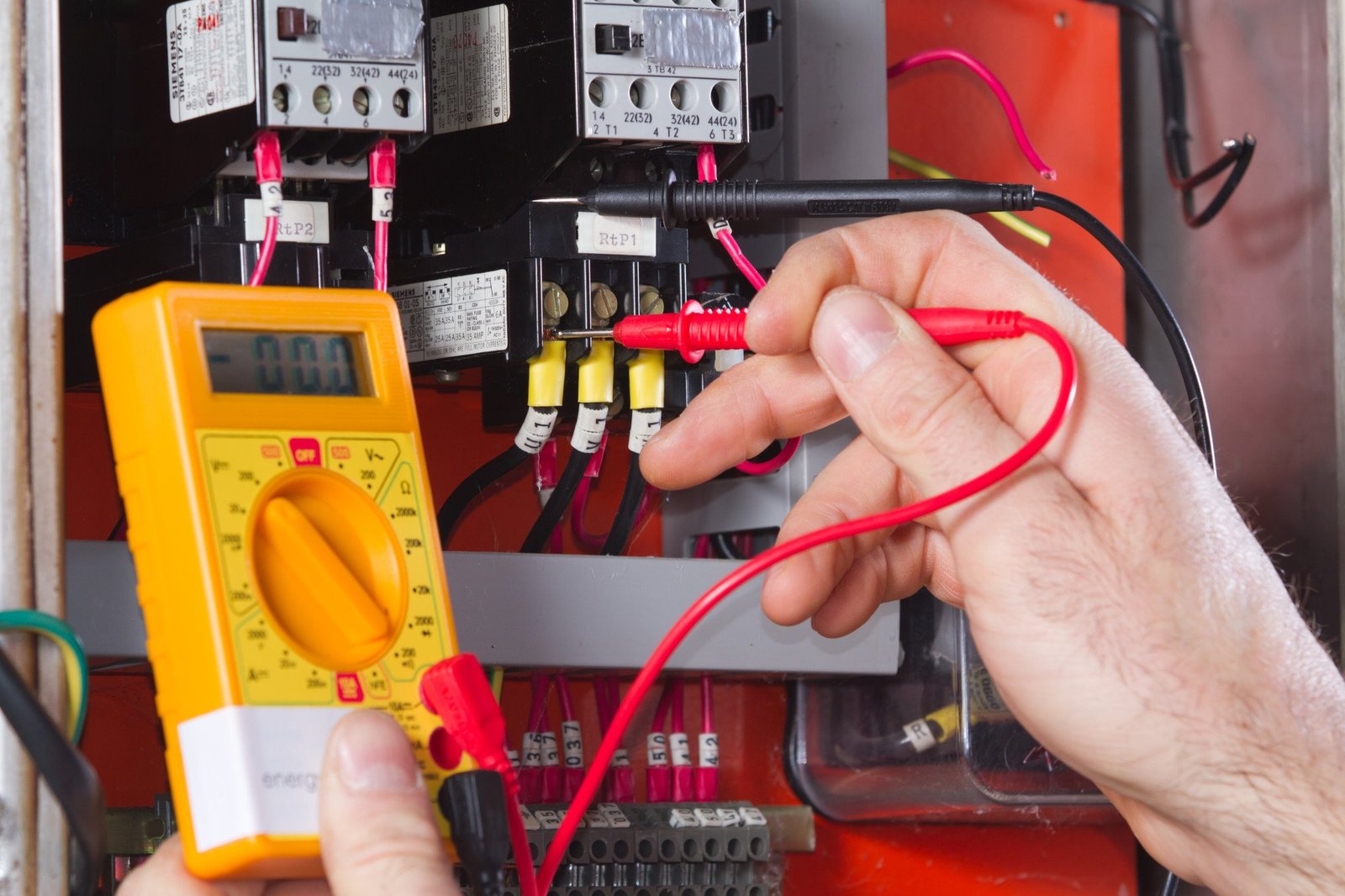
Troubleshooting a Multiwire Branch Circuit: An Easy Guide
Every electrical contractor has been there. You’re done with your project and when you check it out, everything looks fine. No wires are loose, the connections look secure, and the wires don’t have breaks in them — but it does not work!
How do you figure out what is wrong with the circuit when you can’t see any obvious issues? It could be the multiwire branch circuit, the bane of the electrician’s existence!
We want to help you master troubleshooting these challenging circuits by offering some helpful tips below. Keep reading to learn more.
Table of Contents
Identify the Circuit
Make sure that you turn off the circuit breaker first before doing any work. Ensure you know the exact location of the circuit before proceeding. Take a look at each wire which is connected to the circuit.
Be aware that the wires may be connected backwards or they might not be connected at all. Inspect each wire and the related components of the circuit for possible faults. Finally, after you have identified the issue, it is time to take appropriate corrective measures and resolve the problem.
Check for Tripped Breakers or Blown Fuses
To locate a tripped breaker in a multiwire branch circuit, you must locate the panel box and look for a lever switch labeled as a “breaker.” As the name implies, the breaker is designed to trip when a fault condition occurs.
A tripped breaker can be reset by flipping the stove back to the “ON” position. If the breaker trips again, this indicates a potential branch circuit wiring fault that needs to be evaluated by a qualified electrician.
Blown fuses in a multiwire branch circuit should be treated with the same urgency as a tripped branch breaker. Blown fuses must be replaced immediately to re-establish power.
Store-bought fuses will be best for most applications. Always consult the manufacturer’s instructions before attempting to replace the fuse in any circuit.
Inspect Outlets and Devices
The first step is to check whether the outlet or device is correctly wired. This can be done by removing the device’s cover plate and using a voltage tester to ensure that each connection is properly wired. It is important to note that multiwire branch circuits are equipped with two circuit breakers, one for the neutral wire and one for the hot wires.
If one of these circuit breakers trips, the outlets and devices may not be receiving power. If the connections are not correct, they must be reset or replaced. It is also important to check the grounding wires and make sure that they are properly connected.
Use a Circuit Tester
To ensure safety, make sure the power is turned off before beginning the process. Set the tester’s polarity to both ‘hot’ and ‘neutral’, to ensure that the circuit polarity is correct. If the tester indicates that one or both circuits are reversed, shut off the power to the circuit again and check the connections to the outlets.
If all the connections are correct, identify the circuit breaker or fuse that has reversed polarity, replace it, and turn the power back on. If the tester shows that either leg of a circuit has gone dead but the circuit breaker did not trip, check to make sure that the end outlet is wired properly and has good grounding.
Troubleshoot a Multiwire Branch Circuit
Follow these troubleshooting steps and you will be able to easily repair your multiwire branch circuit. Make sure to be extra cautious if you’re dealing with electricity. If you need any further guidance, call a professional technician.
Visit our blog for more reads.













